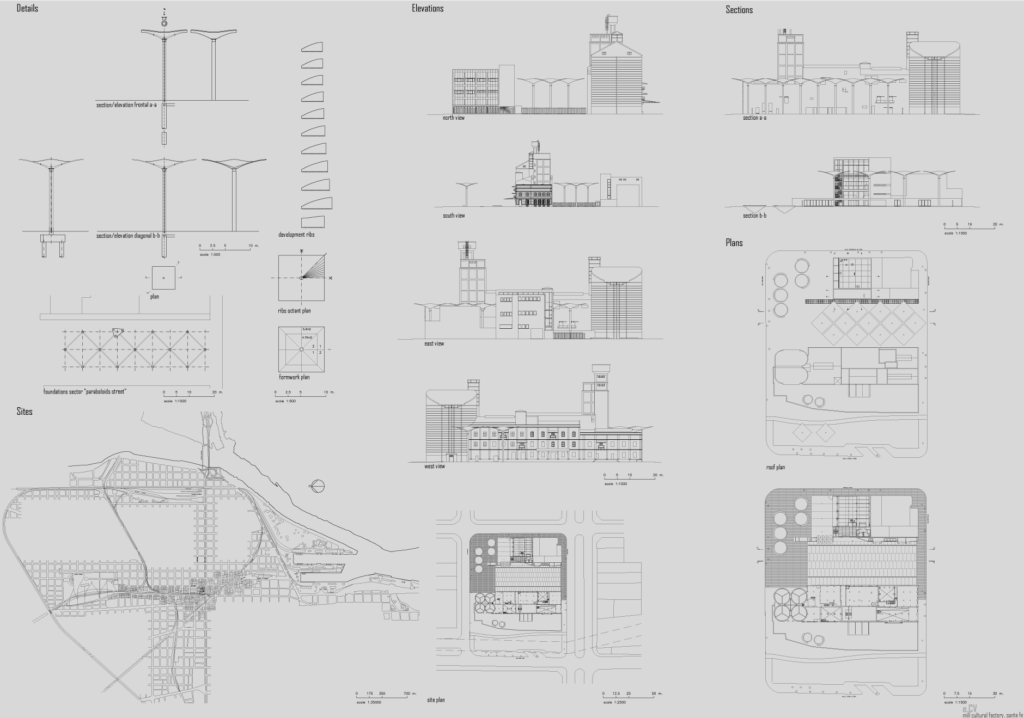ve – Glass Video Environment on Felix Gonzalez Torres
Phoenix, Arizona, United States [2003]
The first goal was to create a video piece using a specific subject (Claudio Cesar’s experience with the work of Felix Gonzalez Torres) and use this work to create a new video environment – to have the creative process of the work fuel the development of a new invention. The relationship between the art and invention became a direct, overt and collaborative process rather than art as a “social” or cultural influence to invention.
The video piece has its own unique creative objectives as entertainment and homage to an artist’s life’s work based solely on the artists experience with the work and little knowledge of the subjects life work or career. Its goal is to express and experience the power of art and how art in itself has the power to change, educate and enrich life. The idea of incorporating the making of the video piece into the development of a video environment came with looking at video art in a new way. As new video and digital media are evolving and overlapping, the differentiation between cinema, television, Internet and video art becomes apparent.
Too often, the medium is only used as a content presentation tool with many of the same attributes as televised film – one image, same aspect ratio, same singular sound sources, and dimly lit room. There are exceptions to this such as Tony Oursler and Gary Hill, but the idea of a new environment specifically designed to give video artists more control of space, sound and scale. This new capabilities will expand the future of this evolving video art media.
The Video Environment Design Components are based on a versatile engineered module size of 2’ x 3’. The module can be incorporated as a floor, wall or ceiling. The module can encompass options of four separate sound components, 4 ceiling coffers, and 4 floor surfaces. The space is designed as “module erector set” anywhere in the space (now up to 100’ x 100’). You can put any one of the surfaces anywhere. Video screens can be placed anywhere in the environment. Any module can be used as a projection or reflector in the space and the screens can be flat or curved.
The video artist will have expanded capabilities that can be built into the timeline of the video. This digital signature works in conjunction with an infrared signal that controls multiple functions in perfect timing, according to the artist’s intent. The expanded creative capability and design freedom will enable a large variety of the current video artists to use it to create new and more expressive works. These works of art can be stored and reassembled at a later date, fully programmed with the detail and specifications of the original piece.
New Control Attributes in the Medium:
. Control of video environmental design, multiple video screens as walls, ceilings or floors
. Control of opacity of video screen, multiple screens can be used to create changes in scale.
. Control of sound location in video track, speaker type and up to 26 sound locations.
. Control of ambient light as light box panels can be used to change lighting as part of the work in any location.
As the video development process and the idea of using a flexible modular media unfolds, the objective will be to achieve video projection is an art medium and an architectural element, to explore new uses of glass technology in a living environment, glass video environment as a structural element, modular glass tile floor and ceiling, etc. It could also be used to reinvent traditional household appliances and living tools with critically analyzed and redesigned concepts of centralized and decentralized functions. People can work, study or modify environmental controls anywhere. The household server also holds music, video and art archives to centralize and have individual access, which obsoletes multiples and redundant appliances – TV, DVD, CD players, telephones, etc.
This is an ongoing work with its emphasis on establishing video and new glass technologies in architectural design.
Claudio Cesar






Status: Construction Documents, On Hold
Design: Claudio Vekstein, Arch in collaboration with Video/Glass specialist Claudio Cesar
Design Assistants: Devan Porter, Arch
Structural Design: Matthew Innes, Eng
Client: Cesar Color Glass Company, Inc
Location: Phoenix, Arizona, United States
Area: 180 m2; 1920 sq ft


